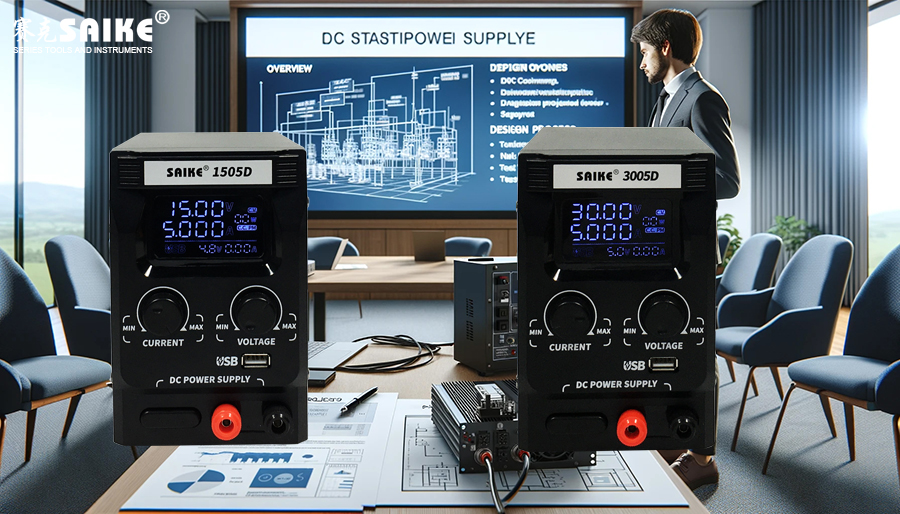
SK-YJ000ZLWYDY-KP 100052
I. Project Purpose
The goal is to design a simple linear regulated power supply that provides a stable DC output voltage. This power supply should be suitable for low-power applications, such as laboratory equipment, small electronic projects, or educational purposes. It should be capable of supplying a stable voltage and have basic overload protection functionality.
II. Basic Design Specifications
– Input Voltage: AC 120V or 220V (depending on the region)
– Output Voltage: Adjustable, ranging from +5V to +12V
– Output Current: Maximum 1A
– Regulation Rate: ±2%
– Ripple and Noise: Less than 50 mV p-p
III. Technical Requirements
1.Circuit Design
– Transformer: Use a step-down transformer to reduce the AC voltage to a lower AC voltage (approximately 15V to 18V).
– Rectifier: Employ a full-bridge rectifier to convert AC to DC.
– Filter: Utilize electrolytic capacitors to filter the rectified voltage, reducing ripple.
– Voltage Regulator: Adopt a linear voltage regulator IC (such as LM317) for precise voltage adjustment. The LM317 provides adjustable output and has built-in short-circuit protection and overheating protection functions.
– Fine-tuning: Achieve fine adjustment of the output voltage through a variable resistor.
2.Protective Measures
– Short-circuit Protection: Leverage the built-in functions of the voltage regulator IC or additional current limiting circuits.
– Overheat Protection: Add a thermal sensor and heat sink if necessary.
– Power Indicator: Utilize an LED indicator light to display power status and activity.
IV. Circuit Design Steps
1.Designing the Circuit Diagram
– Use circuit design software (such as LTspice or Eagle) to draw the circuit diagram.
2.Building the Prototype
– Construct the circuit on a breadboard for preliminary testing and adjustment.
3.Producing the PCB
– Design and produce a printed circuit board (PCB) for a more stable and professional power supply device.
4.Testing and Verification
– Conduct tests under various load conditions on the completed power supply to ensure stable operation within the specified output range. Measure output ripple and noise.
– Verify the effectiveness of the power supply’s overload protection and short-circuit protection functions.
V. Expected Outcomes
– Functional Verification: Successfully design and implement a simple linear regulated power supply that meets all technical specifications.
– Teaching and Application: It can be used for teaching purposes, demonstrating basic power supply design principles and techniques, while also being suitable for small electronic projects and laboratory use.
– Documentation and Reporting: Prepare a detailed project report and user manual, including design drawings, component lists, assembly guides, and test results.
Through this project, participants will learn basic knowledge and practical skills about power supply design, laying a foundation for more advanced power supply design projects.


